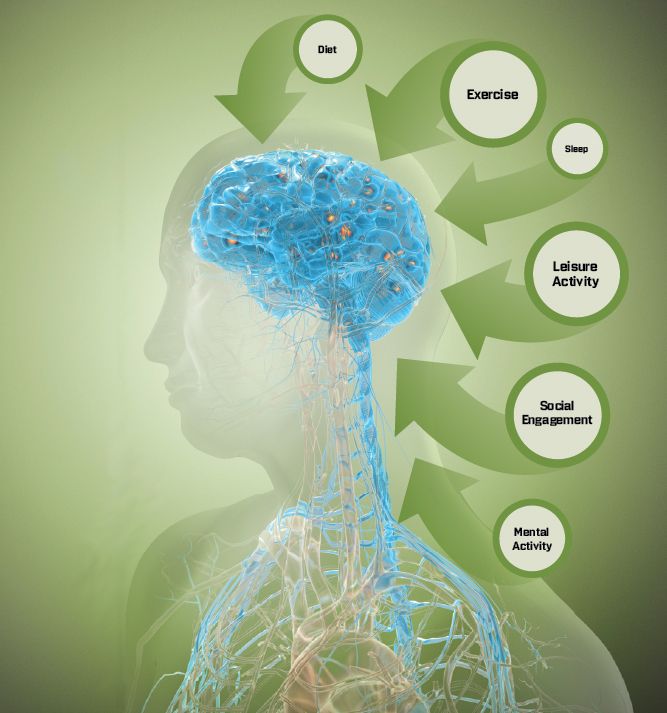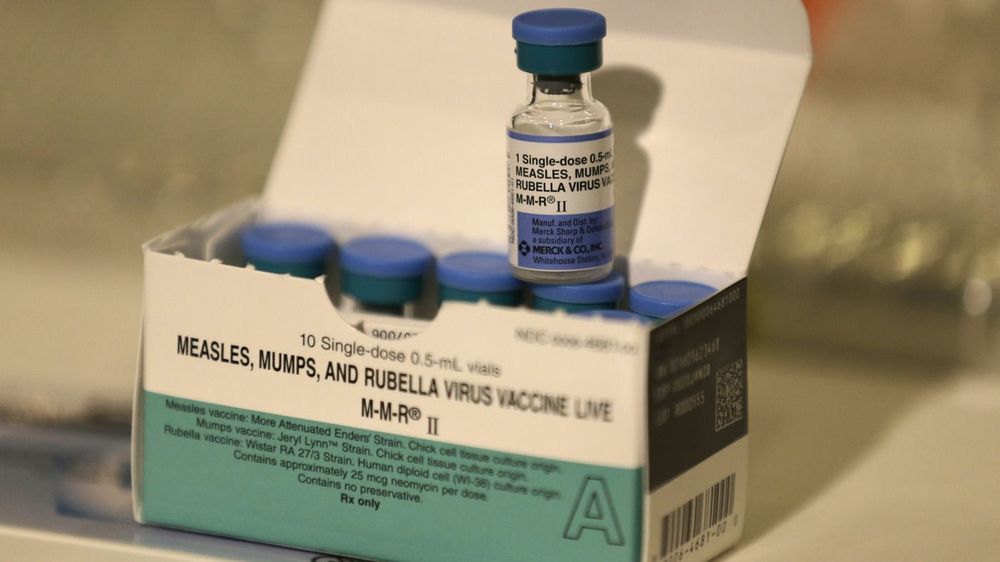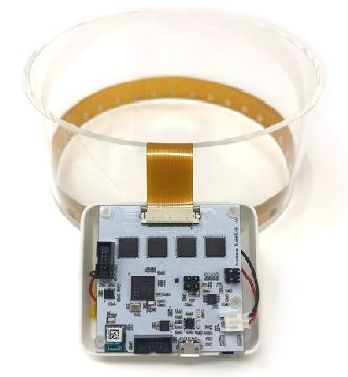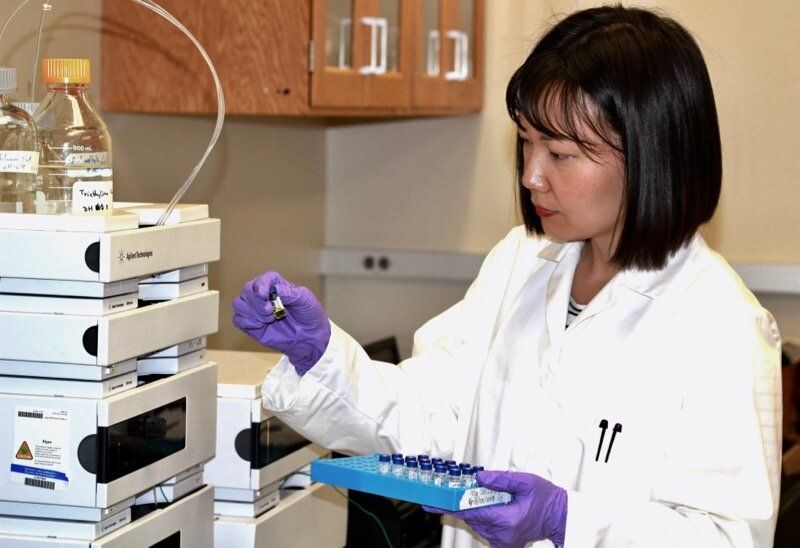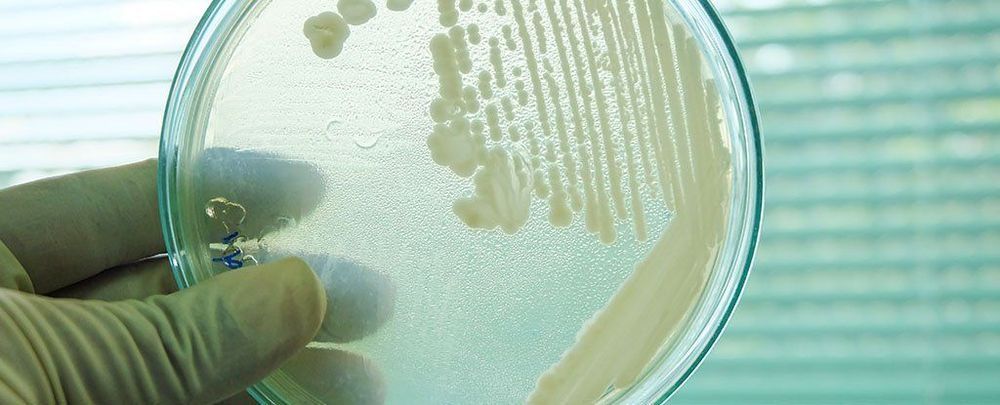Archive for the ‘biotech/medical’ category: Page 2129
Apr 10, 2019
Radical Fecal Transplant Therapy in Kids Has Reduced Their Autism Severity
Posted by Quinn Sena in categories: biotech/medical, neuroscience
Transforming the microbial environment in the guts of children diagnosed with autism could significantly ease the severity of their condition’s signature traits, according to newly published research.
A study on the effects of a form of faecal transplant therapy in children on the autism spectrum found participants not only experienced fewer gut problems, but continued to show ongoing improvements in autism symptoms two years after the procedure.
Arizona State University researchers had already discovered a dose of healthy gut microflora caused characteristics associated with autism spectrum disorder (ASD) to ease or vanish for at least a couple of months after treatment ended.
Continue reading “Radical Fecal Transplant Therapy in Kids Has Reduced Their Autism Severity” »
Apr 10, 2019
New York Declares Health Emergency As Measles Spreads In Parts Of Brooklyn
Posted by Quinn Sena in categories: biotech/medical, health
New York City on Tuesday ramped up the battle against the spread of a measles outbreak in a Brooklyn hot spot, declaring a public health emergency and calling for mandatory vaccinations.
Mayor Bill de Blasio said the emergency covers four Brooklyn ZIP codes, including most of Williamsburg and Borough Park, which have seen more than 285 cases of the measles since October.
“We cannot allow this dangerous disease to make a comeback here in New York City. We have to stop it now,” de Blasio said at a news conference. “We have a situation now where children are in danger. We have to take this seriously,” he added.
Continue reading “New York Declares Health Emergency As Measles Spreads In Parts Of Brooklyn” »
Apr 10, 2019
An Interview with Dr. Aubrey de Grey
Posted by Steve Hill in categories: biotech/medical, life extension
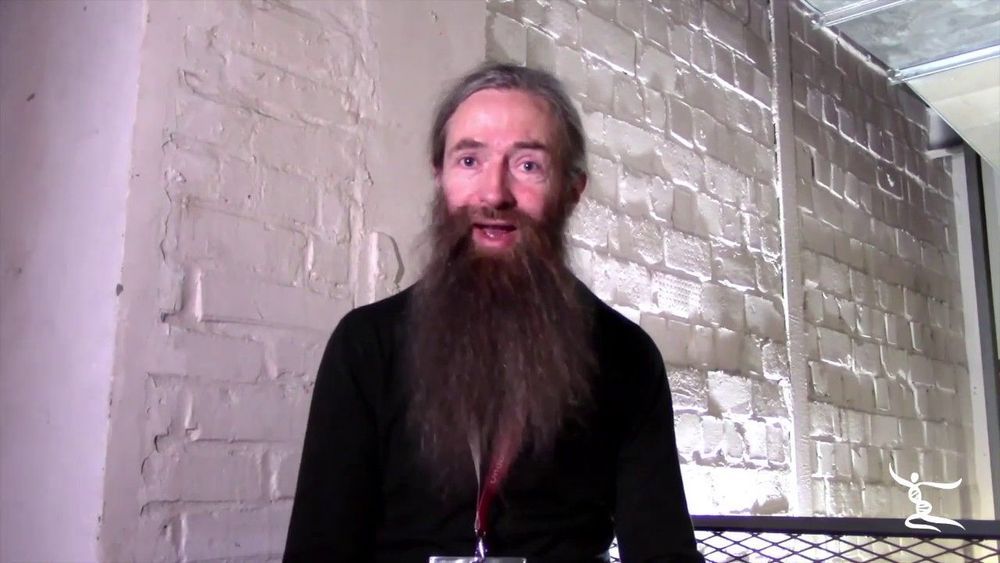
At Undoing Aging 2019, we interviewed some of the best researchers who are involved in discovering therapies for the root causes of aging. Their research aims to ameliorate the damages of aging and may one day lead to a future without age-related diseases.
We even had the chance to interview the well-known Dr. Aubrey de Grey, whose organization, the SENS Research Foundation, partnered with Forever Healthy Foundation to make Undoing Aging 2019 a reality. We asked him questions about how far SENS has come as an organization and what we can expect from future conferences.
Apr 10, 2019
Program: We are happy to announce Dr. Ruby Yanru Chen-Tsai, Co-founder and Chief Scientific Officer at Applied StemCell, Inc. as a speaker for the 2019 Undoing Aging Conference
Posted by Michael Greve in categories: bioengineering, biotech/medical, genetics, life extension
“Ruby, along with her company Applied Stem Cell, is one of the world’s most respected experts in gene editing. We are delighted to be working with her on our ambitious project to transform the potential of somatic gene therapy, in terms of both its safety from creating unwanted mutations and its efficacy in delivering large amounts of DNA, which is founded on some pioneering work at Stanford in which she was also heavily involved.” says Aubrey de Grey.
https://www.undoing-aging.org/news/dr-ruby-yanru-chen-tsai-t…b5IQ0dQ64s
#undoingaging #sens #foreverhealthy
Apr 10, 2019
Human Brain/Cloud Interface
Posted by Klaus Baldauf in categories: biotech/medical, education, internet, nanotechnology, Ray Kurzweil, robotics/AI, supercomputing
The Internet comprises a decentralized global system that serves humanity’s collective effort to generate, process, and store data, most of which is handled by the rapidly expanding cloud. A stable, secure, real-time system may allow for interfacing the cloud with the human brain. One promising strategy for enabling such a system, denoted here as a “human brain/cloud interface” (“B/CI”), would be based on technologies referred to here as “neuralnanorobotics.” Future neuralnanorobotics technologies are anticipated to facilitate accurate diagnoses and eventual cures for the ∼400 conditions that affect the human brain. Neuralnanorobotics may also enable a B/CI with controlled connectivity between neural activity and external data storage and processing, via the direct monitoring of the brain’s ∼86 × 10 neurons and ∼2 × 1014 synapses. Subsequent to navigating the human vasculature, three species of neuralnanorobots (endoneurobots, gliabots, and synaptobots) could traverse the blood–brain barrier (BBB), enter the brain parenchyma, ingress into individual human brain cells, and autoposition themselves at the axon initial segments of neurons (endoneurobots), within glial cells (gliabots), and in intimate proximity to synapses (synaptobots). They would then wirelessly transmit up to ∼6 × 1016 bits per second of synaptically processed and encoded human–brain electrical information via auxiliary nanorobotic fiber optics (30 cm) with the capacity to handle up to 1018 bits/sec and provide rapid data transfer to a cloud based supercomputer for real-time brain-state monitoring and data extraction. A neuralnanorobotically enabled human B/CI might serve as a personalized conduit, allowing persons to obtain direct, instantaneous access to virtually any facet of cumulative human knowledge. Other anticipated applications include myriad opportunities to improve education, intelligence, entertainment, traveling, and other interactive experiences. A specialized application might be the capacity to engage in fully immersive experiential/sensory experiences, including what is referred to here as “transparent shadowing” (TS). Through TS, individuals might experience episodic segments of the lives of other willing participants (locally or remote) to, hopefully, encourage and inspire improved understanding and tolerance among all members of the human family.
“We’ll have nanobots that… connect our neocortex to a synthetic neocortex in the cloud… Our thinking will be a… biological and non-biological hybrid.”
— Ray Kurzweil, TED 2014
Apr 9, 2019
Tomography Through An Infinite Grid Of Resistors
Posted by Quinn Sena in categories: biotech/medical, innovation
One of the vast untapped potentials of medicine is the access to imaging equipment. A billion people have difficulty getting access to an x-ray, and that says nothing about access to MRIs or CAT scans. Over the past few years, [Jean Rintoul] has been working on a low-cost way to image the inside of a human body using nothing more than a few electrodes. It can be done cheaply and easily, and it’s one of the most innovative ways of bringing medical imaging to the masses. Now, this is a crowdfunding project, aiming to provide safe, accessible medical imaging to everyone.
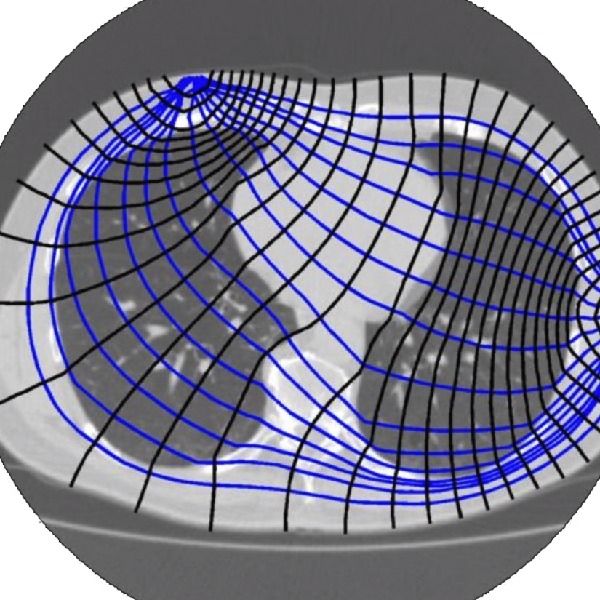
It’s called Spectra, and uses electrical impedance tomography to image the inside of a chest cavity, the dielectric spectrum of a bone, or the interior of a strawberry. Spectra does this by wrapping an electrode around a part of the body and sending out small AC currents. These small currents are reconstructed using tomographic techniques, imaging a cross-section of a body.
[Jean] gave a talk about Spectra at last year’s Hackaday Superconference, and if you want to look at the forefront of affordable medical technology, you needn’t look any further. Simply by sending an AC wave of around 10kHz through a body, software can reconstruct the internals. Everything from lung volume to muscle and fat mass to cancers can be detected with this equipment. You still need a tech or MD to interpret the data, but this is a great way to bring medical imaging technology to the people who need it.
Continue reading “Tomography Through An Infinite Grid Of Resistors” »
Apr 9, 2019
Researchers remove harmful hormones from Las Vegas wastewater using green algae
Posted by Quinn Sena in categories: biotech/medical, health
A common species of freshwater green algae is capable of removing certain endocrine disrupting chemicals (EDCs) from wastewater, according to new research from the Desert Research Institute (DRI) in Las Vegas.
EDCs are natural hormones and can also be found in many plastics and pharmaceuticals. They are known to be harmful to wildlife, and to humans in large concentrations, resulting in negative health effects such as lowered fertility and increased incidence of certain cancers. They have been found in trace amounts (parts per trillion to parts per billion) in treated wastewater, and also have been detected in water samples collected from Lake Mead.
In a new study published in the journal Environmental Pollution, DRI researchers Xuelian Bai, Ph.D., and Kumud Acharya, Ph.D., explore the potential for use of a species of freshwater green algae called Nannochloris to remove EDCs from treated wastewater.
Continue reading “Researchers remove harmful hormones from Las Vegas wastewater using green algae” »
Apr 9, 2019
Median AMB – Median Ambulance Rides Highway’s Median Strip As The Track
Posted by Quinn Sena in category: biotech/medical
Designed by Hong Seonghwan, Lee Hyungtaek, Lee Taekkyung, and Song Yoojin, Median AMB is a median ambulance concept that responds to traffic accidents on highways. Due to the location, there are more likely serious injuries compared to those standard roads, however, when congestion occurs, it can be difficult for ambulance to arrive on time. This concept ambulance is designed to use highway’s media strip, in this way, it will arrive quickly without the need to stop to save most crucial minute.
Median AMB rides median strip as its track, so regardless the traffic, it can reach the accident site for quick rescue task. It returns to the tollgate and transfers patient to the waiting ambulance. It’s a smart system where patients can go to the hospital quickly for further treatments.
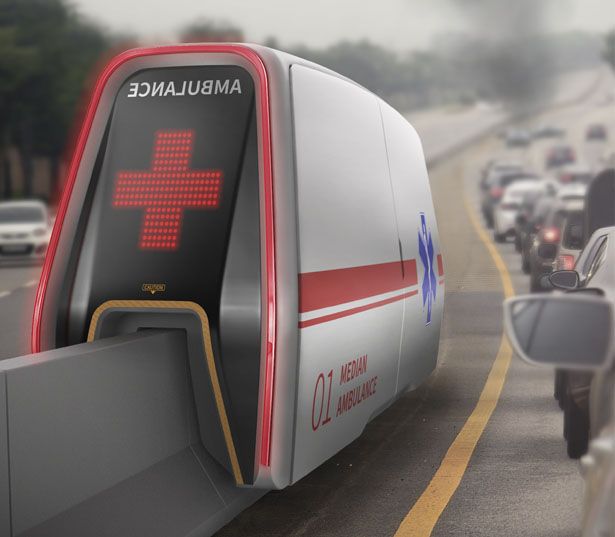
Continue reading “Median AMB – Median Ambulance Rides Highway’s Median Strip As The Track” »
Apr 9, 2019
A Deadly Superfungus Is Spreading Across The World, And We Don’t Know How to Stop It
Posted by Quinn Sena in categories: biotech/medical, food, health
I do think that due to the many problems of super fungus that are basically very damaging to human health I think there are other fungi that can basically stop this with like mosses and other symbiotic fungis that can basically boost the defenses of nature itself and the human populations aswell. Usually you have a super fungus because there is not a natural fungis that can shoulder the defense against malignant destruction fungus. There is always a natural defense against large scale destruction fungus that can just eat this fungi and also give food to people. But it is because the basically natural defenses against fungi that are poisonous makes it so that the super fungus are evolving too quickly. A simple basically moss that spread and be a defensive measure eating the poisonous fungi then creating a better environment.
Every year, an estimated 23,000 Americans die from antibiotic-resistant superbugs – germs that evolve so quickly, existing treatment options can’t eradicate them.
But it’s not just deadly drug-resistant bacterial infections that are spreading. We also have to worry about drug-resistant fungal infections, too.
